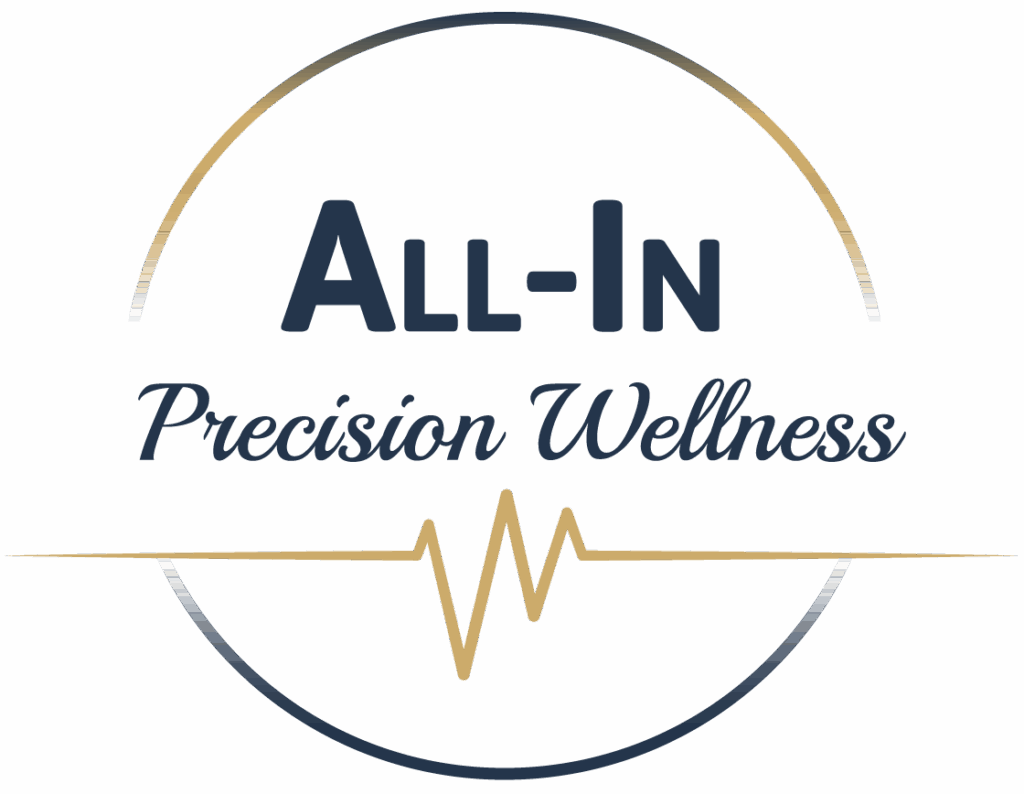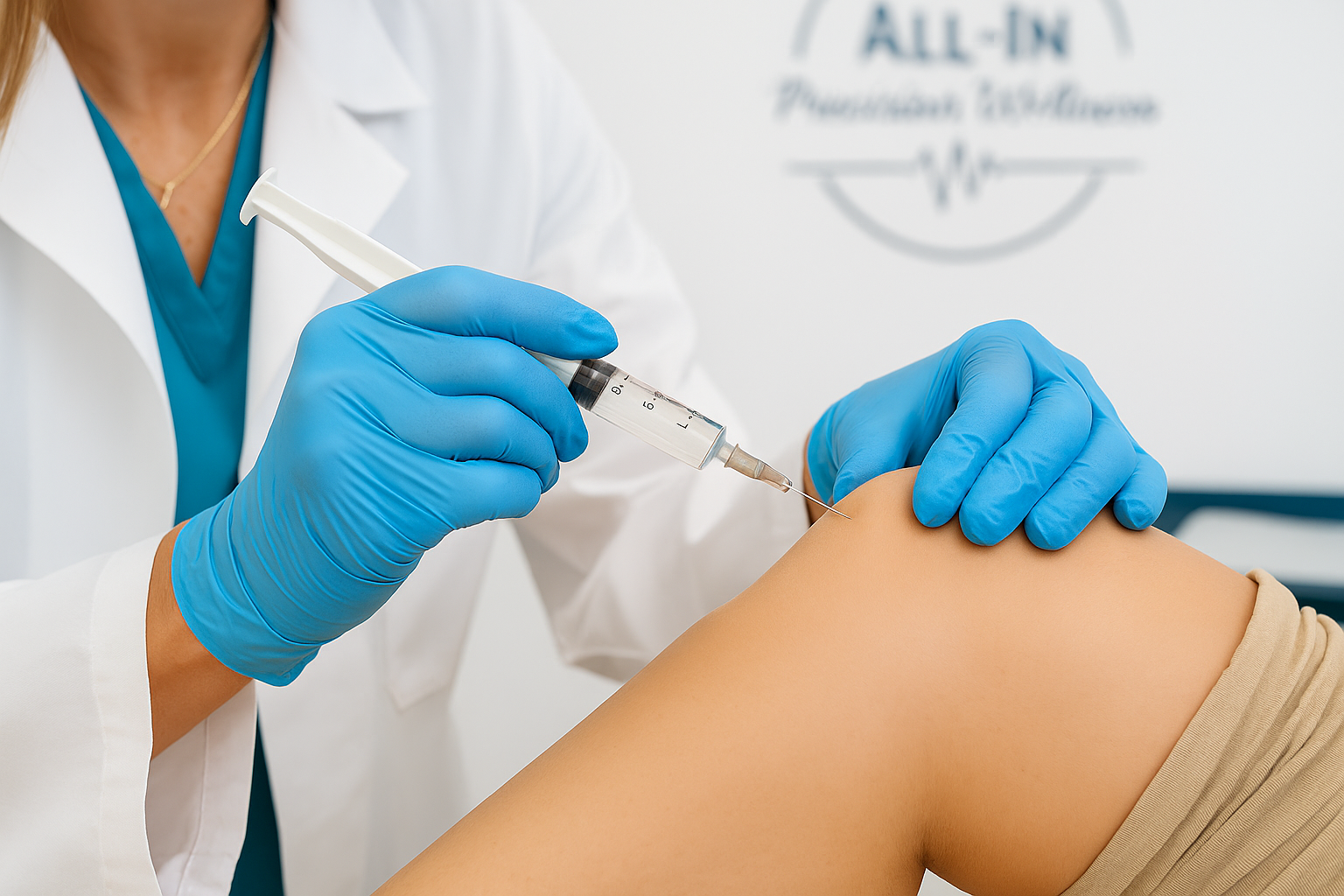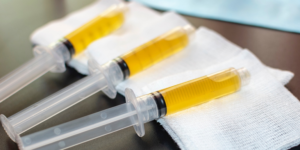By Dr. Jill Crosson, DO, MBA – Sports Medicine Physician, Orthobiologics & Functional Care, Easton, PA
Joint pain—whether in the knees, hips, shoulders, or elsewhere—can stop you from doing what you love. Whether you’re an athlete training hard or someone who simply wants to walk without discomfort, pain relief is often at the top of the priority list. But with so many treatment options available, it’s easy to feel overwhelmed.
Two common choices I often discuss with patients are PRP (Platelet-Rich Plasma) and cortisone injections. Both can reduce inflammation and pain—but they work very differently, and the best option often depends on your goals, health history, and how you want to feel six months from now—not just next week.
Let’s walk through the key differences so you can make an informed decision about your care.
What Is Cortisone?
Cortisone is a powerful anti-inflammatory medication often injected directly into joints. It can be extremely effective at reducing acute inflammation and temporary pain relief, especially during a flare-up.
When it may help:
- Acute bursitis or synovitis
- Short-term relief from arthritis flares
- Post-injury inflammation
But here’s the catch:
Cortisone doesn’t heal tissue. It simply calms inflammation. And repeated use—especially in weight-bearing joints—can weaken tendons and cartilage over time.
I often tell patients: Cortisone is like hitting the mute button on your pain—but the problem is still playing in the background.

What Is PRP (Platelet-Rich Plasma)?
PRP is an orthobiologic treatment that uses your own blood to help your body heal. We draw a small sample of your blood, concentrate the platelets (which are rich in healing factors), and inject them into the injured area.
PRP supports the natural repair process, helping reduce inflammation while stimulating tissue healing.
When PRP may be appropriate:
- Mild to moderate osteoarthritis
- Tendon or ligament injuries
- Overuse injuries (like tennis elbow or jumper’s knee)
- Patients who want to avoid surgery or repeated cortisone
Unlike cortisone, PRP doesn’t just quiet pain—it helps address the root cause.
PRP vs. Cortisone: A Side-by-Side Look
| Cortisone | PRP | |
|---|---|---|
| Source | Synthetic steroid | Your own blood (autologous) |
| Effect | Anti-inflammatory, symptom suppression | Stimulates healing and reduces inflammation |
| Relief Time | Rapid (1–7 days) | Gradual (2–6 weeks), but longer lasting |
| Duration | Weeks to months | Months to years (depending on condition) |
| Risks | Cartilage/tendon breakdown with overuse | Minimal risk, soreness post-injection |
| Healing? | No | Yes (supports regeneration & repair) |
What I Recommend to Patients
As a sports medicine physician trained in functional medicine and orthobiologics, I always start with a simple question:
Are we trying to mask pain, or actually heal the problem?
Cortisone has its place—but for most active individuals, especially those with chronic joint issues, PRP offers a more sustainable solution. It’s especially powerful when combined with movement therapy, nutrition support, and addressing the body as a whole.
Pain is never just a joint problem. It’s a system-wide conversation—and we have to listen to all of it.
The Functional Medicine Perspective
From a functional lens, inflammation is often tied to more than just overuse or injury. Diet, sleep, hormone health, gut function, and movement patterns all contribute to how well your body recovers. That’s why I work with patients not just on injections—but also lifestyle support to reduce recurrence and optimize healing.
Ready to Explore What’s Right for You?
If you’re dealing with joint pain and want to understand your non-surgical options, we can help. Whether PRP, movementrehab, or a combination approach is right for you, my goal is to guide you with clarity, compassion, and evidence-based care.
Let’s work together to restore your health and get you back in motion—safely and confidently.
As always, please reach out with any questions.
📍 Dr. Jill Crosson, DO, MBA
Board-Certified in Sports Medicine & Family Medicine
Now seeing patients in Easton, PA




